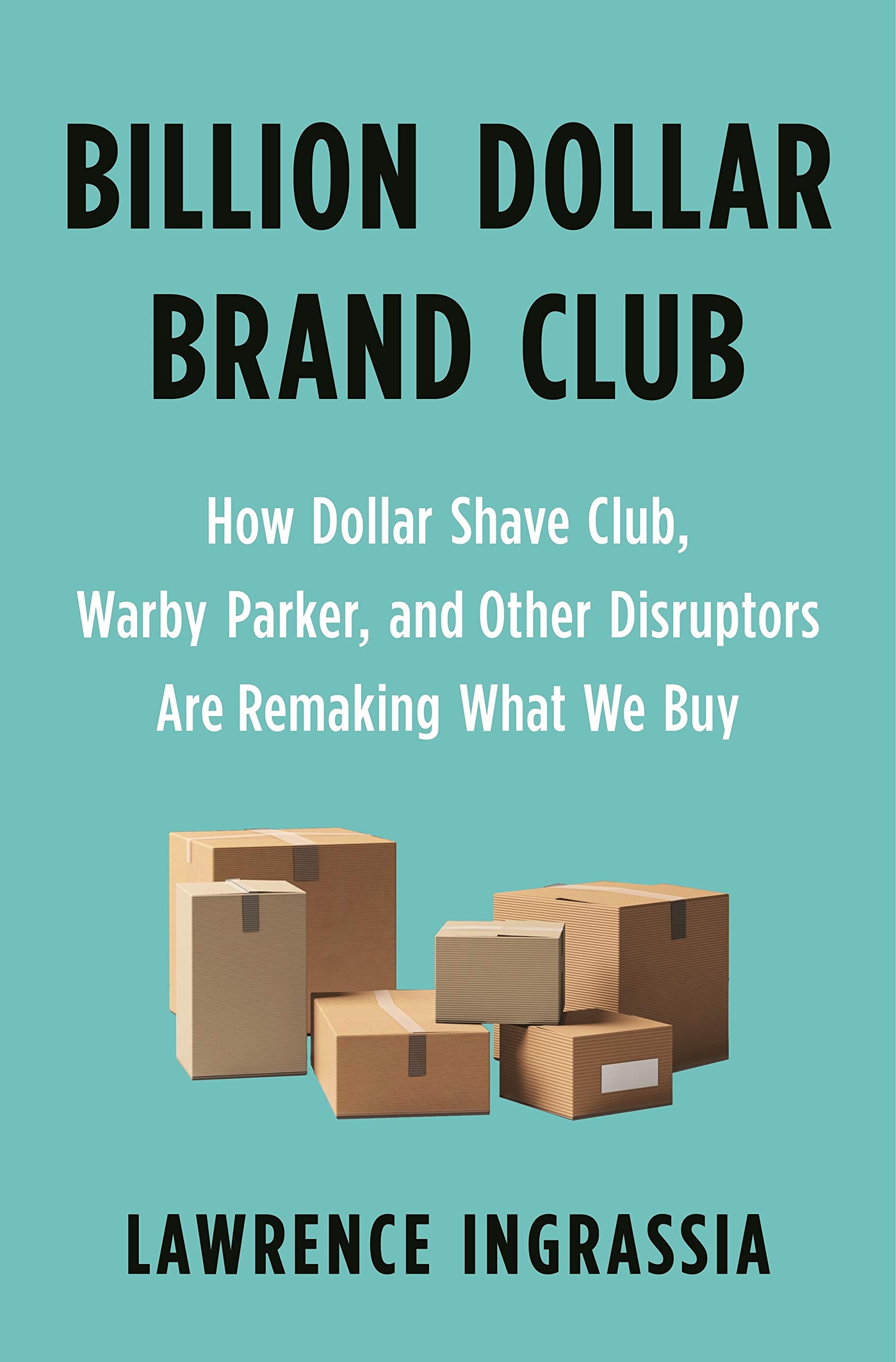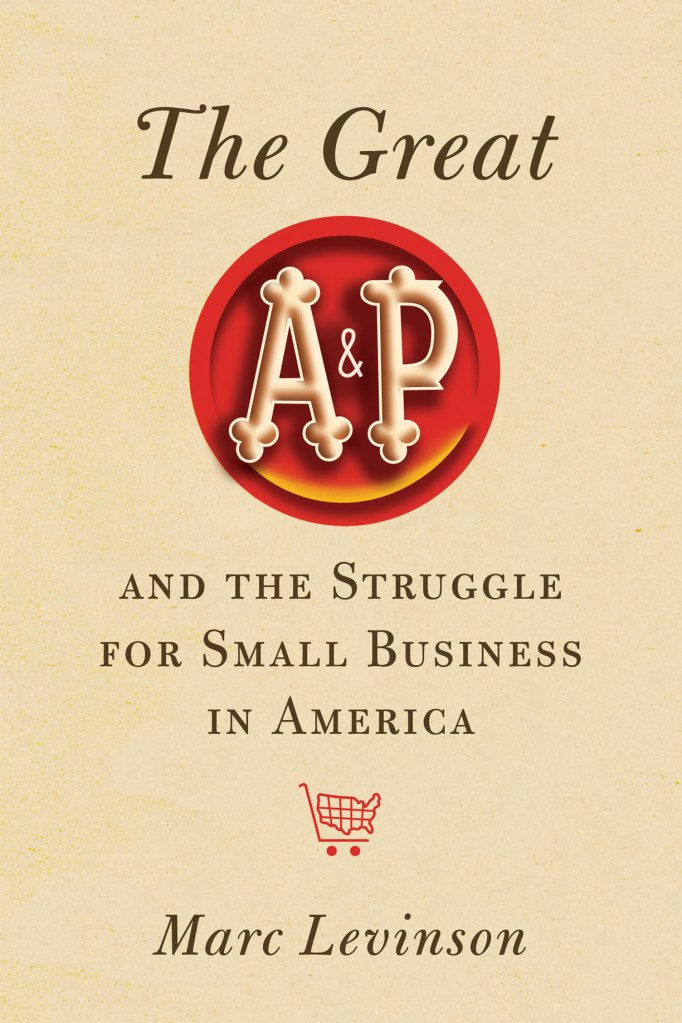
It would have been enough if Lawrence Ingrassia had simply written a book about the rise of “Direct to Consumer” companies. A brief history like those that have documented social media companies or the internet would have been a useful addition to the library of anyone who hopes to understand the swings and misses of American business in the 21st century.
But Billion Dollar Brand Club reveals some extremely important insights about the nature of 21st century business that are relevant for all companies – and that’s what makes this book so extremely valuable.
Let’s start with the stunningly simple observation that these businesses are all refreshingly grounded in marketing insights – some fundamental, some revolutionary. Like the poster-child of DTC, that many point to as the company that started the gold-rush – Dollar Shave Club. You know them – they’re the ones that achieved all their success because of their crazy ads. Because people will buy anything when there’s a crazy, memorable, ad, right? No? Okay, well then maybe they’re the ones who achieved all their success because they chopped the hell out of the price of razors! People love a bargain! That’s why the cheapest beer in America is the best-selling one (check that… apparently It’s not.) And that’s why the cheapest car in America is the best-selling one… (um, hold on…).
So no, what made Dollar Shave Club so smart was not the price and not the crazy ads (though those didn’t hurt). What made it so smart was the insight that customers were paying for improvements they could no longer see, and which, therefore, no longer mattered to them. As Ingrassia writes:
They [Gillette] were focusing on incremental improvements, but the quality of all blades, including Dorco’s [the supplier to Dollar Shave Club], had improved so much that minor improvements no longer made a noticeable difference to most shavers …. ‘To what extent is highest quality really important to each consumer? Would I rather have a much cheaper brand that also is a sharp razor? Not everybody is after the best product,’ says David Sylvia, the former Gillette executive. [italics added]
In other words, the question is not “are the differences worth the price?”. The question is “can consumers even tell anymore?” Which the large competitors had forgotten.
And for good reason. Because for them the consumer was not the customer. For them, the customer was the retailer. Which was why a company like Dollar Shave Club knew Gillette couldn’t go direct to consumer, because so much of Gillette’s business was to retailers. To Walmart, Target, CVS, and the grocery chains. They were Gillette’s real customers – and Gillette couldn’t afford to piss them off.
And freeing themselves from the retailers created another competitive advantage for the DTCs: data. For as Ingrassia writes about eSalon (who was taking on personal care companies like Clairol):
The data they collect directly from each customer provides a significant advantage over bigger, long-established brands. Clairol doesn’t have this data because the customers it deals with directly are retailers. The people who use the product are largely anonymous to Clairol and most big companies; they walk into a drugstore, pick a box of hair color off the shelf, pay for it, and walk out.
Of course the retailers would hold on to the data. The data is the key to their customers – those people walking in, picking the product off the shelf, and walking out. And their understanding of their customers is how they provide value – or leverage – with the big companies like Clairol and Gillette, who rely on them to sell their products.
But because the DTCs had the data themselves – because there was no space between their customers and their consumers – they could use it in ways that their bigger competitors couldn’t. Like by maximizing social media (which was rising at roughly the same time) to take advantage of the further insight that Wharton professor David Bell (an early investor in Warby-Parker which was started by several of his students) articulates: “In the digital economy, your audience has an audience.”
Framed up this way, one realizes what the big companies themselves began to understand; that they were dinosaurs and never had a chance.
Or are they? For Ingrassia and his subjects identify two very interesting weak spots for the DTC players.
One is the curious observation Neil Blumenthal, one of those former David Bell student/founders of Warby-Parker makes. “It’s never been cheaper to start a business” he says, “although I think it’s never been harder to scale a business.” Or framed as a question, does growth naturally push you further away from your consumer – creating the need for third-parties to help you manage that personal touch. And pushing you into the same problem that the Gillettes and Clairols had, that allowed the DTCs to rise in the first place? The success of Amazon (in a sense, the first of the DTCs) would tell you no, and the rise of the third-party companies that form the Amazon eco-system would indicate that it’s possible similar ones will spring up for the Dollar Shave Clubs and Warby-Parkers of the world. But who can say for sure?
And the other opportunity actually has to do with the very beast that created the space for DTCs to exist in the first place – retail. As Henry Davis, the former president of Glossier (and current founder of arfa), says “The whole point is about connection, connection between the company and you, between you as people… DTC is not really about distribution. It’s about connection.” Indeed, one sees again and again in Billion Dollar Brand Club, that the brands who understand this are the ones who succeed, and the ones who do not, fail. And that the theatre of retail – that cannot be matched by websites and apps – may still be the best place for it to happen. Which may be why Amazon is opening retail stores, along with Warby Parker and Casper. And why stores like Target and Sam’s Club are welcoming DTC products to their shelves.
Why connection? Why theatre? David Sebens a luggage industry consultant may know. Talking about why Away succeeded and others didn’t, he says “The people at Away understood that there’s a real difference between a product idea and a brand. Product ideas come and go. Brands survive.”
And that may be the most important lesson to learn of all.
Billion Dollar Brand Club by Lawrence Ingrassia was published by Henry Holt on 01/28/2020 – order it from Amazon here or Barnes & Noble here – or pick it up at your local bookseller (find one here).
Please be advised that The Agency Review is an Amazon Associate and as such earns a commission from qualifying purchases
You May Also Want to Read:

Richard L. Brandt

John Kasarda & Greg Lindsay

Marc Levinson